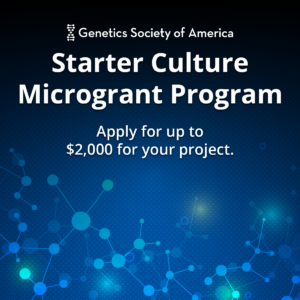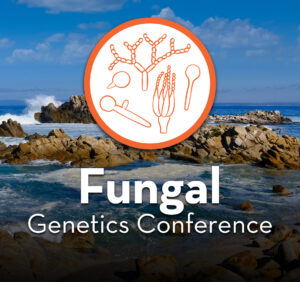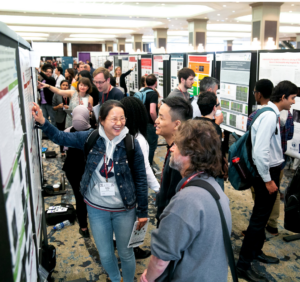Cryptococcus neoformans is a major cause of fungal meningitis and related deaths among those with weakened immune systems, earning it a spot at the top of the World Health Organization (WHO) list of priority fungal pathogens. But gene editing in this medically important yeast remains a challenge due to low efficiency and high background. While advances in CRISPR-Cas9 technology can create targeted DNA double-strand breaks, researchers of this haploid budding yeast still face a technical hurdle: the outcome is usually the error-prone method of non-homologous end joining (NHEJ), which tends to cause random insertions or deletions, rather than the more accurate homology-directed repair (HDR).
That was until Nalley et al. introduced a streamlined genome editing system that consistently yields near-100% HDR efficiency. In a new paper published in G3, the researchers describe two innovative manipulations that shift the genetic advantage definitively towards HDR over NHEJ. First, they fused the CRISPR guide RNA (sgRNA) expression cassette directly to the selectable marker (NATR, HYGR, or amdS). By creating a single linear DNA molecule for transformation, this technique ensures that all cells which survive selection also contain the guide necessary for editing. It also dramatically reduces background from non-edited transformants. Second, they used a strain in which the YKU80 gene—an essential component of the problematic NHEJ pathway—is deficient. With YKU80 disrupted, the cell is far more likely to use the preferred, more precise HDR pathway to repair DNA.
The results of this new genome editing system are unambiguous. When targeting three genes—ADE2, TKL1, and URA5—nearly 100% of transformation showed correct integration. These high efficiencies held up even when using short homology arms (~50 base pairs), simplifying donor design and cloning. Efficiency dropped to 30–75% in wild-type strains or when using nonfused constructs, highlighting the impact of this novel approach to C. neoformans genetics.
Importantly, this innovation is a versatile tool for both basic and applied research because the authors made their system reversible. They included a “yku80-blaster” allele: a functional YKU80 gene is disrupted by an amdS cassette and flanked by repeat sequences that can be removed via selection. With the ability to restore YKU80 function, future studies can still use wild-type repair if needed. Additionally, to make their genome-editing system even more user-friendly, Nalley et al. developed a flexible plasmid toolkit compatible with multiple markers and integration strategies, allowing researchers to easily insert their own guides and tags via restriction digest or fusion PCR. These resources are available through Addgene and designed for plug-and-play-use by other labs.
Ultimately, Nalley et al. have equipped the field with a flexible toolkit that represents a significant step forward for genome engineering in C. neoformans. By simplifying CRISPR editing and making HDR the default technique, this highly efficient system has the potential to accelerate functional genomics in an important emerging model organism.
References
Matthew J Nalley, Sanjita Banerjee, Manning Y Huang, Hiten D Madhani, Near 100% efficient homology-dependent genome engineering in the human fungal pathogen Cryptococcus neoformans, G3 Genes|Genomes|Genetics, 2025;, jkaf118, https://doi.org/10.1093/g3journal/jkaf118































